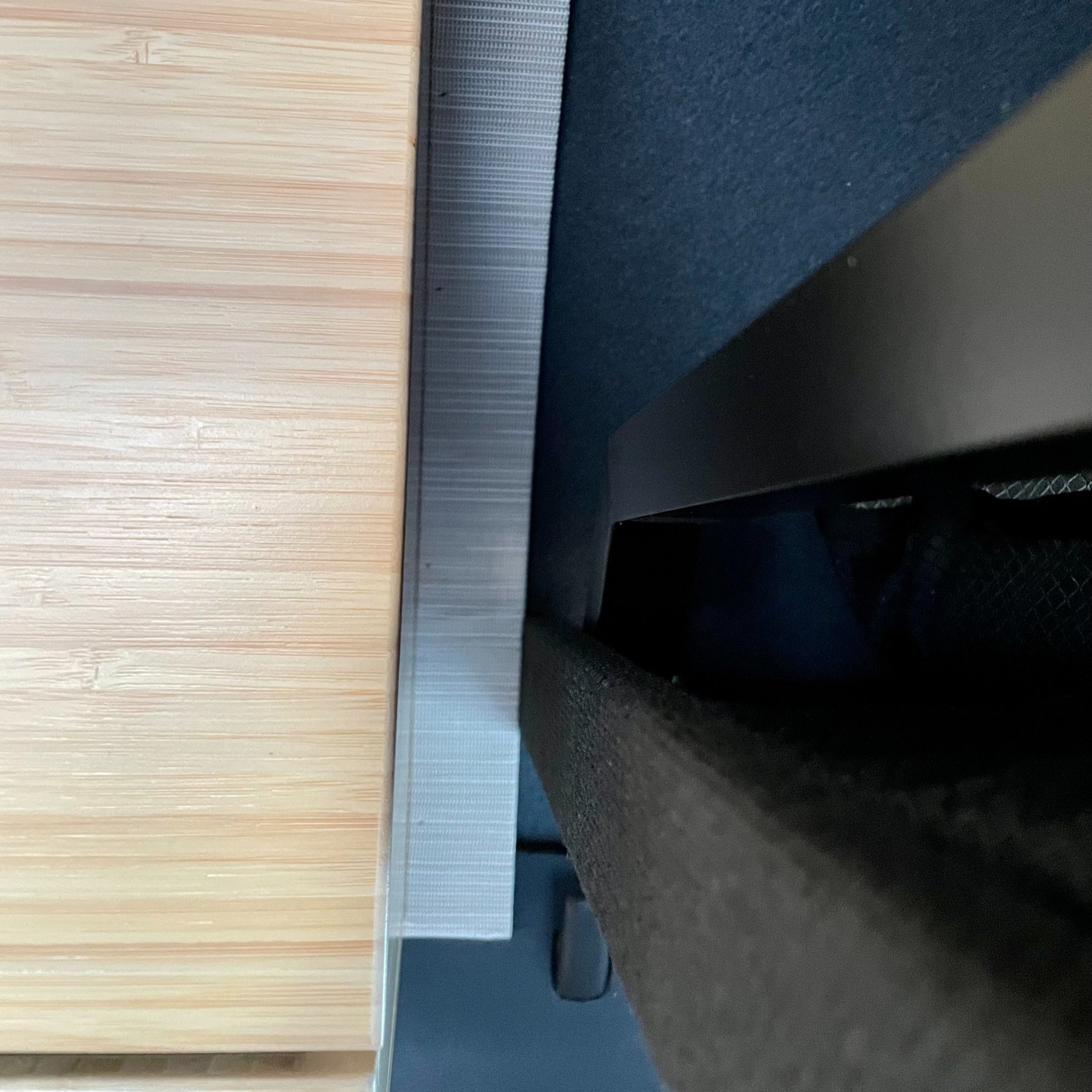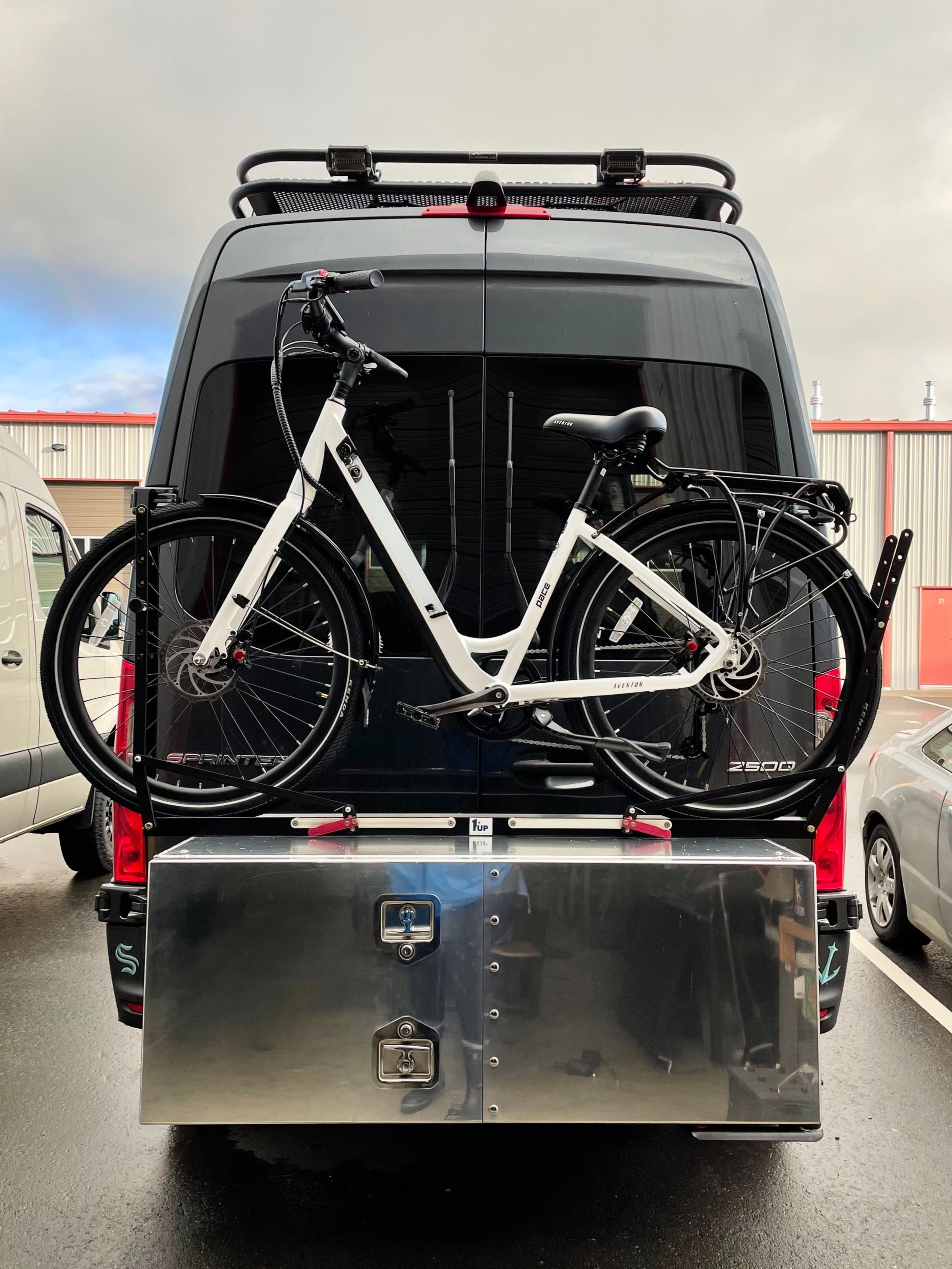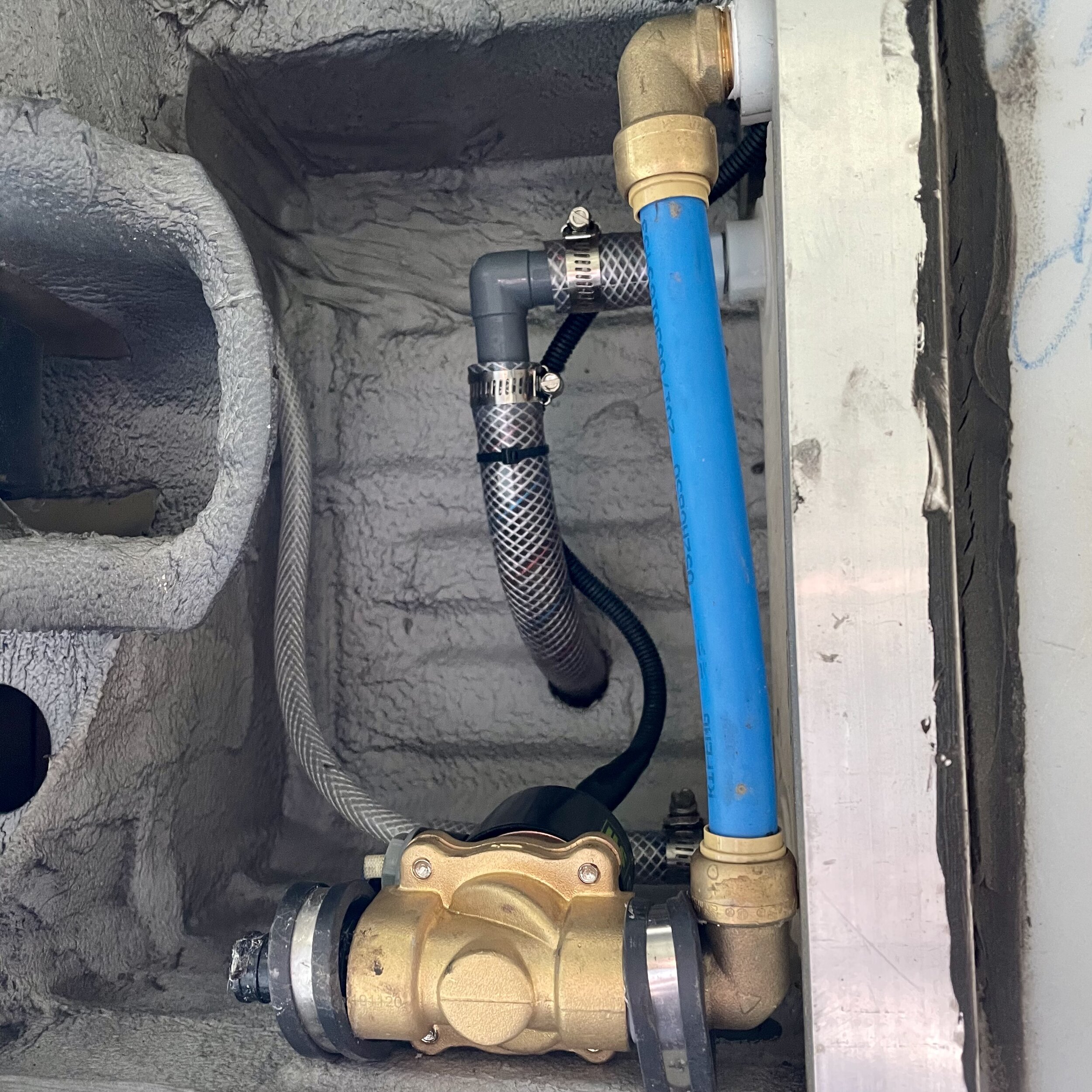I’m super excited to announce that I recently had a new window installed on my van! When I designed my Sprinter’s layout and build, I didn’t think I wanted a lot of windows because any non-insulated opening can bring heat into the van on hot days, as well as allow heat to leave the van on cold days. Therefore, I went with three smaller Tern Overland windows instead, one of each end of the bed and one at the kitchen galley. In the past 3.5 years using my van, I realized that I would love to be able to see the outside views more when I’m inside the van, especially on a cool night or in a place with bugs when I didn’t want the sliding door open. Any time I was in someone else’s van that had a window in the sliding door, I realized what I was missing out on. Another reason to get a window installed was that the wooden panel that was put onto the sliding door during my original van build always rattled when I was driving. From what I’ve been told by a few builders now, this is a common issue with panels on the sliding doors, plus they get loose over time from all the opening and closing of the slider.
Last year, I went to the annual Freedom Vans van gathering here in Bellingham. They are a well-known and reputable van building company and I enjoyed meeting the owners and crew. At that time, I showed them my rattling panel and discussed window installation options. During our conversation, the company owner Tim told me that a wonderful advantage of having a window in the sliding door is the ability to see out while driving. Often when you need to turn into traffic, without a window there you have limited visibility on the right side, so being able to look over your right shoulder and see out that back side window is super helpful. I was also very impressed to learn about all the pros and cons of each after-market window styles and seeing them in action on some the van builds they were working on.
After some deliberation, I decided to go with the AMA Slider with Fly-Screen. I liked the bigger opening that would sit right above my passenger-side cabinet so my cat Maverick could sit there and enjoy the fresh air and view. I also heard that the T-vents on the CRL windows, which are most commonly installed, often break, though they do have the best “unobstructed” view since there’s no big piece sliding within in. I did consider the VWD slider, but preferred the opening to be at the back of the sliding door versus the front. I would say the only downside to the AMA and VWD slider windows is that the part that opens is not flush on the outside, which some people don’t like visually. It also allows for debris to get caught in the cracks, something I’ve already learned living in the forest where pine needles get into everything!
I finally took the plunge to get my window installed earlier this month. The installation only takes a few hours, but my van did have to stay overnight for the glue to set. I was so excited to pick up my Sprinter the next day and see the final result — and I love it! I can’t wait to go on adventures and experience all the views through the new window. Right now the weather isn’t ideal so I do not have any trips planned, but come next Spring, I will taking off to explore, including planned trips to North Cascades National Park, some vanlife gatherings, and hopefully a long road trip to Idaho, Montana, Wyoming, and the Dakotas, maybe even Alberta, Canada to check out Banff and Jasper National Parks. If anyone wants to caravan with me on that, please let me know!
On a side note, my buddy Stavros started Nomadic Supply Company a few years ago and I highly recommend them for all van products you may need. They have curated a collection of more than 10,000 of the world’s highest-quality products and donate 10% of their profits to the Sierra Club Foundation and 1% of every sale is donated directly to the Stripe Climate Change initiative. Stavros is an avid vanlifer himself and he’s built out his own van, therefore, he knows what works, what products are good, and which brands have the best quality. I have asked him lots of questions about products over the years and can vouch that his customer service is excellent and many van builders like Freedom Vans order from him. If you like my set up, I suggest ordering the AMA windows from him, or use the links for the other window styles (in this post) if you prefer them better.
Now that the window is installed, I made sure to order an insulated window cover to blackout the window when I’m sleeping in the van, as well as to keep the van cool in the summer and warm in the winter. Since I already have the Sprinter blackout window covers for the front cab and back windows from Quest Overland, as well as their fan cover, I went ahead and purchased the matching Sliding Door Window Cover from this amazing company. Not only do her products fit perfectly with strong magnets holding them up, they are well-constructed in a neutral color, and last for a long time. I am very happy with all the covers I’ve had since 2019, which don’t show any wear and tear, so getting the matching cover from the same company only made sense. If you need good quality blackout window covers, I highly recommend Quest Overland and you can use code “barbrocks5” to save 5% in their shop!
UPDATE: Hally & Ian the founders of Quest Overland sold the company in September 2023 and the new owner Josh is not fulfilling orders, nor replying to emails. I sadly can no longer recommend this company to people unless the new owner gets his business affairs in order and customer service improves.
I would love to hear what you all think of my new sliding door window. If you have the same AMA window, I’m curious to get your feedback on what your experience is with that brand and style. For those of you looking to install a window in your sliding door, I hope this post helps you decide which option is best for your needs. Happy Travels!






























